Jute, rattan, and rush are examples of some of the most durable natural fibers that are used in contemporary furniture. The modern designs that make use of these materials are a far cry from the traditional wicker furniture of yesteryear, on which our grandmothers used to lounge while enjoying a refreshing glass of iced tea on the front porch. These fibers provide an excellent opportunity to achieve the desired effect of adding texture to a space, which has become an essential component of interior design in the modern era. Any interior space can be given a more alluring appearance by incorporating these fibers into the form of baskets, stools, or lighting fixtures. This will give the space a more three-dimensional appearance.
Most Robust Natural Fibers for Modern Furnishings
Jute vs Rattan
Jute and rattan are two different types of natural fibers that have been put to use in the manufacturing of a wide range of goods for a number of years.
- Jute is a natural vegetable fiber that is grown primarily in India, Bangladesh, and China. It is prized for its resistance to wear and tear as well as its adaptability. Jute is renowned for its strength and resilience, qualities that make it an ideal material for a variety of applications, ranging from textiles to packaging. It is one of the crops that is cultivated the most around the world. In recent years, jute has gained popularity as an environmentally conscious alternative to synthetic materials due to the ease with which it can be harvested and processed. Its eco-friendly nature is also one of the reasons why its popularity has increased. Because of its adaptability and durability, this material remains a well-liked option for a wide variety of applications across a number of different sectors.
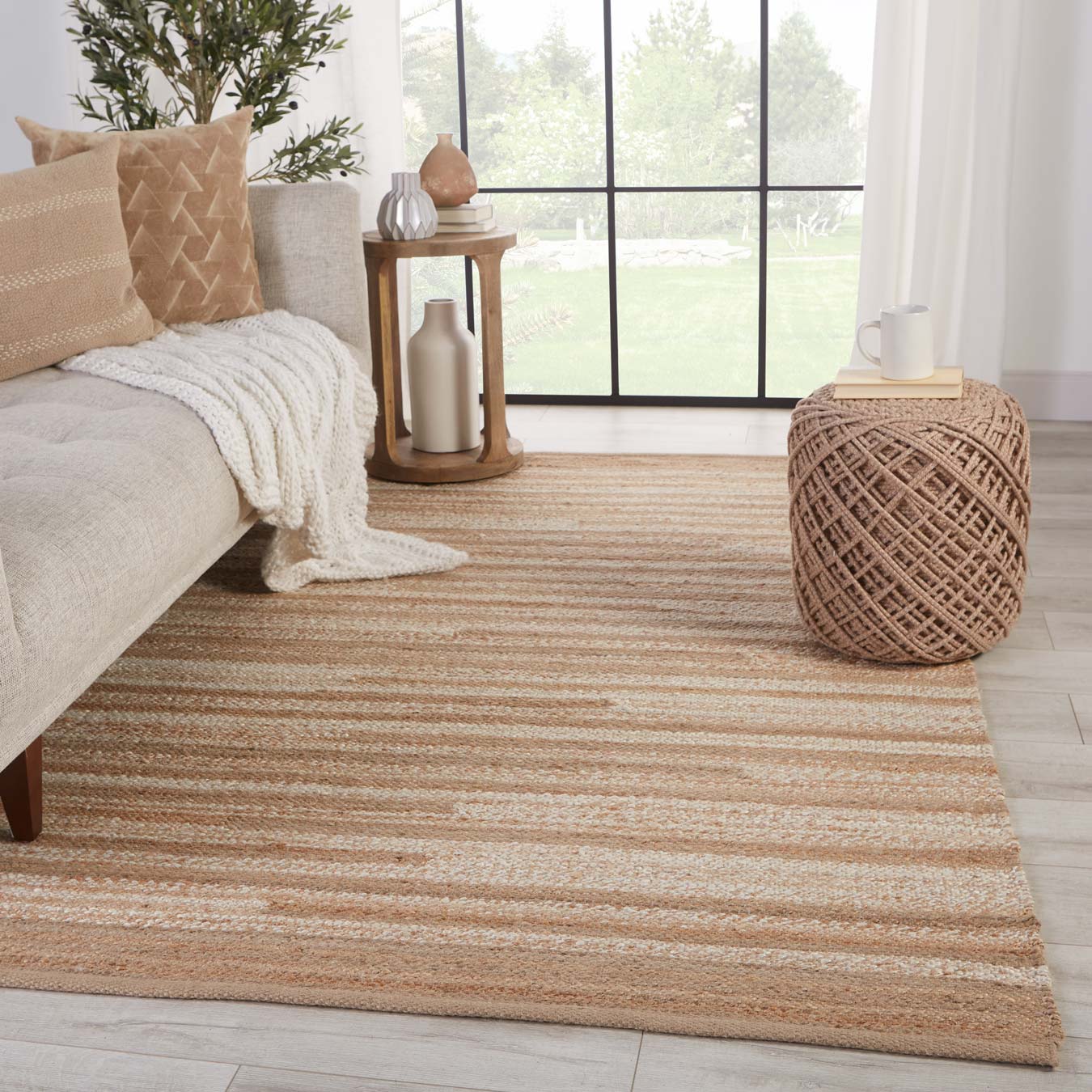
- The sturdy core of a Southeast Asian climbing palm is used to harvest the adaptable and stylish material known as rattan, which is then steamed and shaped into a variety of beautiful forms. The recent surge in bohemian interior design has seen an increase in the number of these stylish daybeds, which serve as versatile and functional pieces that are ideal for use as guest beds or for indulging in summer daydreams. Daybeds have become increasingly popular as a result of this recent surge in bohemian interior design.
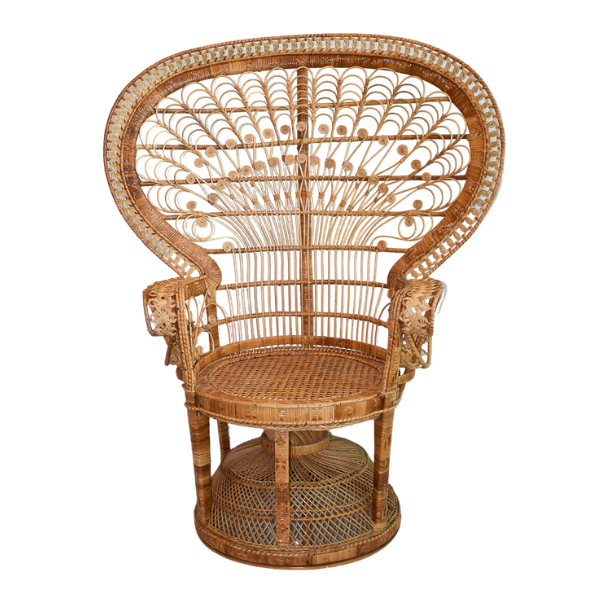
The comparison between jute and rattan has been going on for quite some time now, with both types of fiber having their own individual strengths and weaknesses. Rattan is highly valued for its strength, flexibility, and natural beauty, in contrast to jute, which is known for its ability to withstand wear and tear and its relatively low cost.
Jute and rattan have both seen a rise in popularity in the past few years in the furniture and home decor industries. This can be attributed to the increased demand for products that are both eco-friendly and sustainable. It is abundantly clear that consumers are looking for additional information on the benefits and drawbacks associated with each fiber, as evidenced by the growing popularity of search engine optimization keywords such as “jute vs. rattan.”
Raffia
Raffia, a fiber that is both adaptable and sustainable, has seen a surge in popularity in recent years due to the eco-friendliness of its properties as well as its aesthetic allure. Raffia is a natural fiber that is derived from the leaves of the raffia palm tree, which is native to Madagascar, Africa, and the Philippines and grows in the tropical, wet soil of these regions. Because of its strength and adaptability, raffia is a material that is frequently chosen for use in a wide variety of contexts, including the creation of beautiful furniture and the addition of a decorative touch to gift wrapping. Raffia, due to the environmentally friendly qualities it possesses, has also become a material in high demand for use in the production of sustainable fashion and home decor items. Its natural texture and earthy tones add a touch of elegance to any space, while its eco-friendliness appeals to those who are looking to reduce the amount of carbon footprint they leave behind.
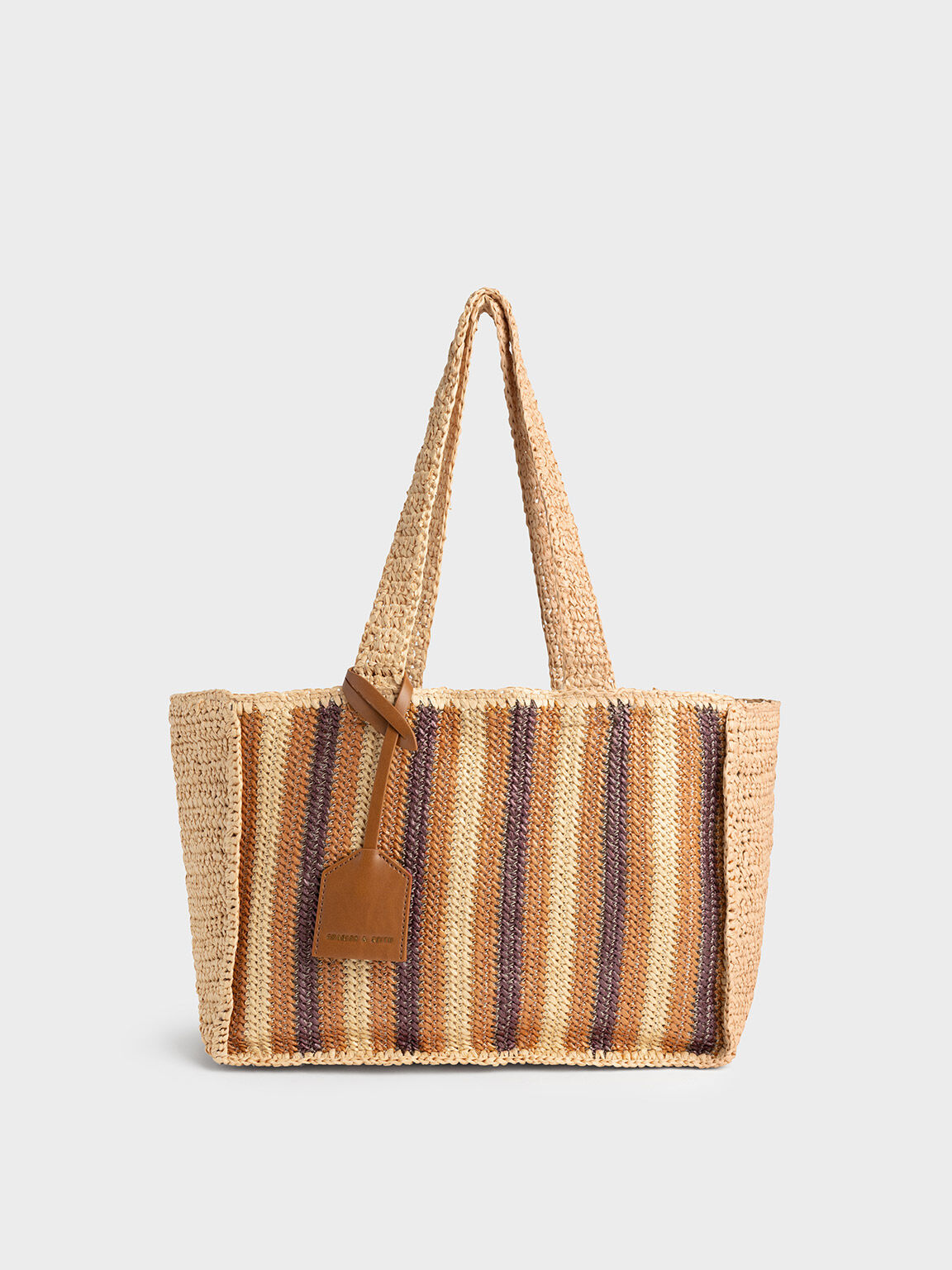
Difference between raffia and rattan:
- Raffia is a material that is frequently utilized in the fashion industry for the production of hats, bags, and various other accessories due to the fact that it is lightweight, pliable, and breathable. Raffia is a popular choice for sustainable fashion and home decor items as it is an environmentally friendly alternative to synthetic materials. This has led to its increased use in these areas.
- Because of its longevity, strength, and flexibility, rattan is an excellent material for the production of furniture and other items used in home decoration. Because of the natural beauty of the material, the ease with which it can be maintained, and its capacity to withstand the test of time, rattan is frequently used in the production of chairs, tables, and baskets.
- Raffia and rattan couldn’t be more dissimilar to one another in terms of how they appear to the naked eye. Raffia is typically utilized in the crafting process for the production of lighter and more delicate items due to its softer texture. Rattan, on the other hand, has a more substantial texture and is frequently used to create more substantial items such as chairs, tables, and other pieces of furniture. Rattan also has a longer lifespan than other types of cane.
- Raffia necessitates significantly more upkeep and maintenance than rattan does. Products made of raffia should be kept away from water and environments that are damp in order to prevent mold growth and deterioration. On the other hand, rattan is more impervious to the effects of moisture and can be easily cleaned with a cloth that has been dampened with water.
Difference between raffia and jute:
- Raffia and jute are very dissimilar to one another in terms of how they appear to the naked eye. Raffia is typically utilized in the production of lighter, more delicate items like hats and bags due to its softer texture and overall appearance. Jute, on the other hand, has a more uneven surface and is frequently woven into denser textiles like rugs and carpets because of its more substantial appearance.
- Both of these materials have a high resistance to wear and tear over time because of their strength. Jute, on the other hand, has a texture that is more coarse and thick, so it lasts longer than raffia does. Jute products are also less difficult to maintain than raffia products because they can be washed and dried without the risk of mold or deterioration occurring. Raffia products, on the other hand, cannot be washed or dried.
Water Hyacinth
The cultivation of water hyacinth, a notorious weed that is capable of rapidly taking over waterways, has unexpectedly developed into a lucrative industry in the Philippines. The plant in question has fibrous stems that can be harvested and woven into beautiful baskets, furniture, and other handicrafts. The end products have a natural and rustic appeal, which makes them popular options for use as home decor as well as for giving as gifts. This industry not only offers an alternative means of subsistence to the people living in rural areas, but it also contributes to the reduction of the invasive species’s population growth. The water hyacinth industry in the Philippines is a shining example of sustainable and creative entrepreneurship because it has turned a problem into a solution. This has allowed the industry to flourish.
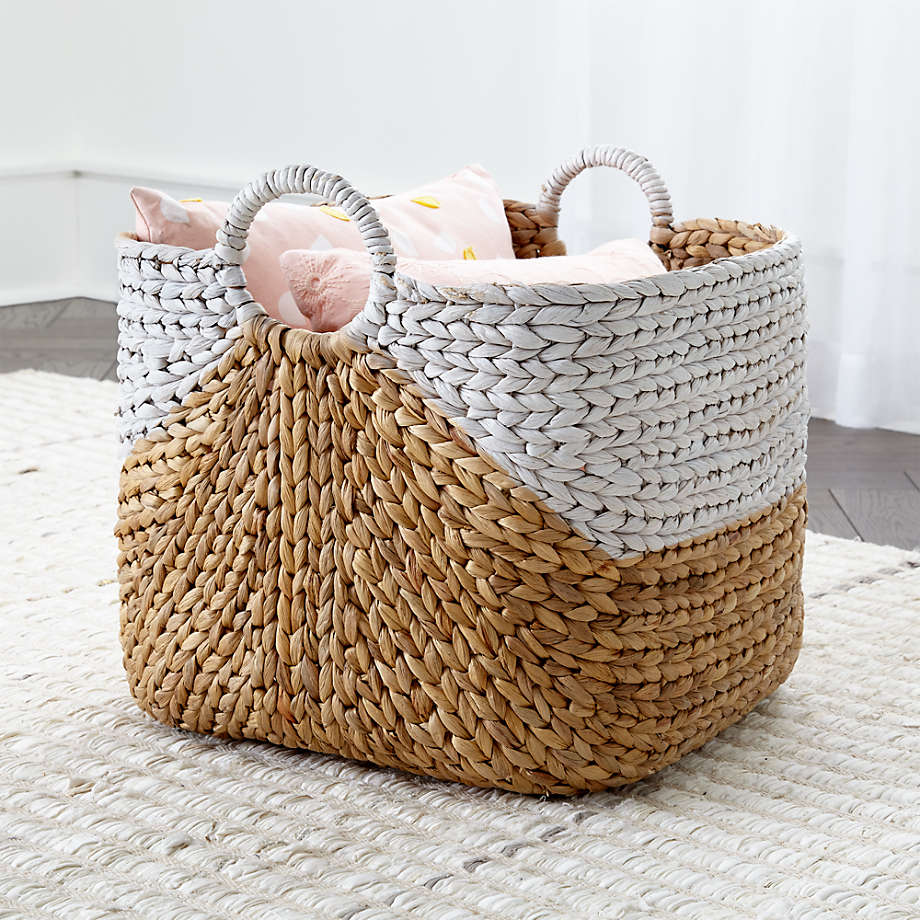
Water hyacinth vs rattan:
- When it comes to its ability to withstand wear and tear, rattan is a very durable material that can be used in a variety of applications. Because it is so resistant to damage from both water and insects, it is an excellent material for use in the construction of outdoor furniture. On the other hand, water hyacinth is not as long-lasting as rattan and can deteriorate over time if it is exposed to moisture or sunlight. Rattan is more resilient. However, it continues to be a well-liked material for the production of indoor furniture and items of adornment for the home.
- When comparing the two in terms of price, water hyacinth is typically more affordable than rattan. This is due to the fact that water hyacinth is considered an invasive species and the fact that it can be easily and inexpensively sourced due to its abundance. Rattan, on the other hand, is harder to come by, which is one of the factors that contributes to the material’s higher cost.
Cane
Cane is found in Indonesia. It is harvested without harming the tree and comes from the outer skin of rattan silk. Did you know that caned furniture is one of the most ancient techniques of furniture manufacturing? Used in Tibet, Peru, and Egypt for thousands of years. The British Colonial look has a classic summer appeal.
Grasscloth
Is a fine light cloth that resembles linen. Grasscloth is woven from the fibers of the inner bark of the ramie plant, woven and backed with rice paper which makes it a perfect wallcovering. No two pieces of grasscloth are alike. Grasscloth is beautiful and delicate.
Rush
Rush is green in its natural state. It takes up to one year to change into the golden tone. Rush is made of dried cattails. Don’t they look awesome in perhaps the most instagrammed bar stool?
We commonly know jute and sisal as great natural fibers for rugs. Jute is grown in the Indian subcontinents of Bengal and Bangladesh. Sisal is a natural fiber from the agave plant. Sisal (agave) was originally grown in Mexico although today it is grown in other parts of the world. The biggest differences between the two is that sisal is more durable, and jute is smoother.
Milulu grass
Have you seen these baskets? The baskets are called Iringa baskets. The Hehe people of Tanzania make them from the reed-like fibers of the milulu grass. Many of the designs are symbolic and tell a story.
Insightful knowledge regarding the application of natural fibers in contemporary furniture has been provided to us by this post. These multipurpose fibers are not only aesthetically pleasing but also sustainable, making them an excellent option for people who are concerned about their impact on the environment. Because of our work with these fibers, we now have a deeper appreciation for the level of skill and craftsmanship that is required to create pieces that are both beautiful and useful. It is the belief of Impeccable Nest that the addition of these fibers to any living space can improve the space’s texture, increase its sense of warmth, and increase its overall appeal.
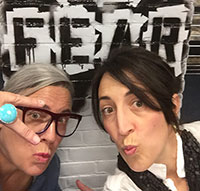
We’re Emma Carole Paradis and Kimberly Carole, the owners and designers of Impeccable Nest, based in Bedford, New Hampshire. A mother-daughter team with a love of design. Originally from Manhattan Beach, California, now based in Bedford, New Hampshire, we bring a Southern California cool and New England tradition to our design. Not only do we work together…we also live together in a multi-generational home…and a home that they are known to design for others.
